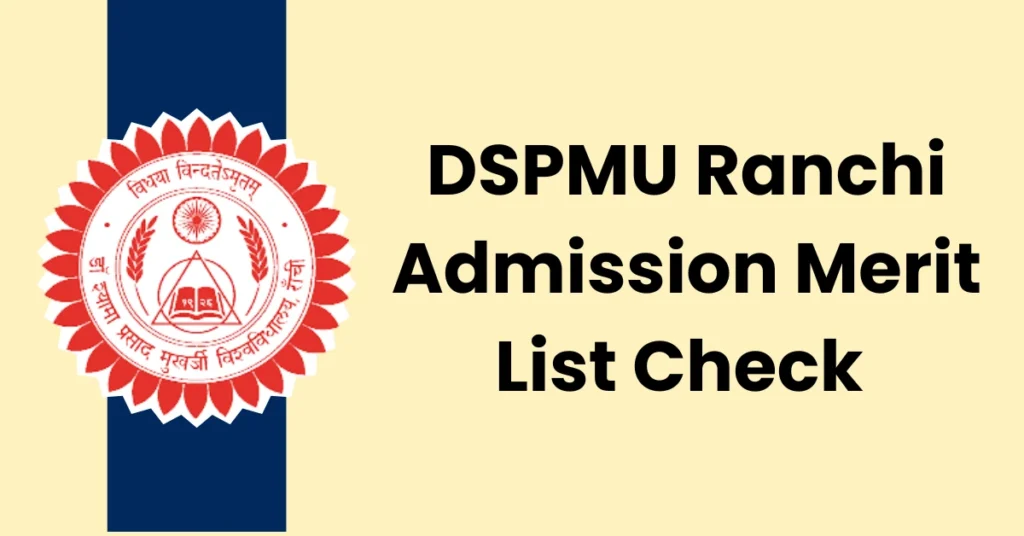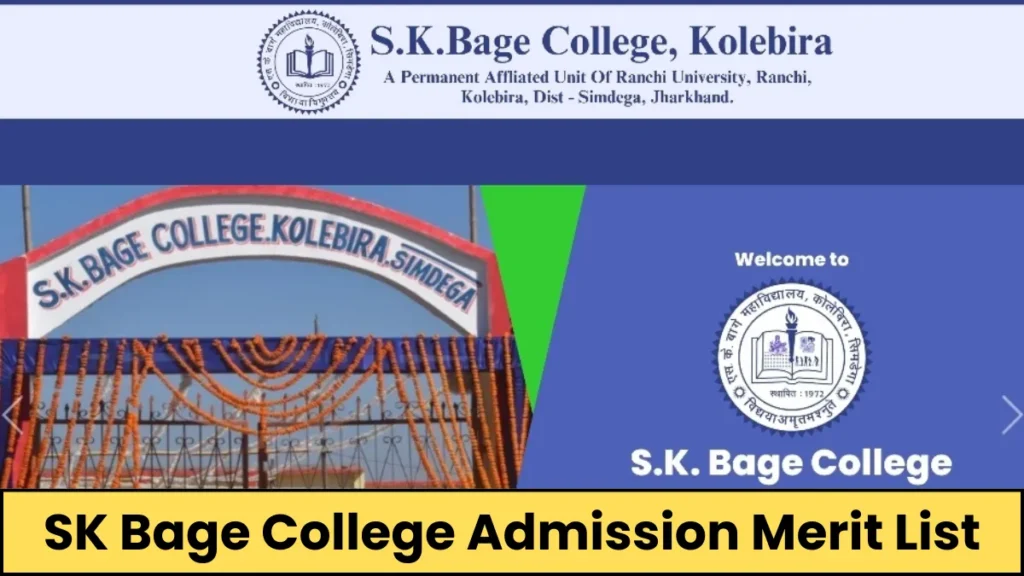ii. Oscillations and Waves :
Periodic motion – period, frequency, Displacement as a function of time. Periodic functions. Simple Harmonic Motion (S.H.M) and its equation; phase; oscillations of a spring-restoring force and force constant; energy in S.H.M.- Kinetic and potential energies; simple pendulum-derivation of expression for its time period; free, forced and damped oscillations (qualitative ideas only), resonance.
Wave motion. Longitudinal and transverse waves, speed of wave motion. Displacement relation for a progressive wave. Principle of superposition of waves, reflection of waves, standing waves in strings and organ pipes, fundamental mode and harmonics, Beats, Doppler effect.
iii. Current Electricity:
Electric current, flow of electric charges in a metallic conductor, Ohm’s law, electrical resistance, V-I characteristics (linear and non-linear) electrical energy and power, electrical resistivity and conductivity.
iv. Electromagnetic Induction:
Kirchoffs’ laws and simple applications. Electromagnetic Induction and Alternating Currents.
v. Electromagnetic Waves:
Electromagnetic waves and their characteristics (qualitative ideas only). Transverse nature of electromagnetic waves. Electromagnetic spectrum (radio waves, microwaves, infrared visible, ultraviolet, Xrays, gamma rays) including elementary facts about their uses.
Computer Application:
I. Basic knowledge in Computer
II. Operating Computer using GUI based Operating System
III. Understanding Word Processing
IV. Using Spread Sheet
V. Communication using the Internet
VI. Presentation using Power Point.
Mathematics:
i. Algebra:
Irrational numbers, Arithmetic Progression, Quadratic Equations, Logarithm, Laws of Indices.
ii. Trigonometry:
Associated angles, Compound angles, Multiple Angles.
iii. Co-ordinate Geometry:
Equations of straight lines, equations of Circles.
iv. Calculus:
Limit, Differentiation, Integration.
B. FINAL COMPETITIVE EXAMINATION:-
Physics:
i. Mechanics :
1D Motion, 2D Motion, Relative Motion, Uniform Circular Motion, Inertia Frames, Mass, Newton’s 3 Laws, Kinetic Energy, Potential Energy, Conservation of Mechanical Energy, Conservation of Total
Energy, Impulse, Momentum and Angular Momentum, Simple Harmonic Motion, Pendulums.
ii. Oscillations and Waves :
Periodic motion – period, frequency, displacement as a function of time. Periodic functions. Simple harmonic motion (S.H.M) and its equation; phase; oscillations of a spring-restoring force and force constant; energy in S.H.M.- Kinetic and potential energies; simple pendulum-derivation of expression for its time period; free, forced and damped oscillations (qualitative ideas only), resonance.
Wave motion. Longitudinal and transverse waves, speed of wave motion. Displacement relation for a progressive wave. Principle of superposition of waves, reflection of waves, standing waves in strings and organ pipes, fundamental mode and harmonics, Beats, Doppler effect.
iii. Current Electricity:
Electric current, flow of electric charges in a metallic conductor, Ohm’s law, electrical resistance, V-I characteristics (linear and non-linear) electrical energy and power, electrical resistivity and conductivity.
Carbon resistors, colour code for carbon resistors; series and parallel combinations of resistors;
temperature dependence of resistance. Internal resistance of a cell, potential difference and emf of a cell, combination of cells in series and in parallel. Elementary idea of secondary cells. Kirchoffs’ laws and simple applications. Wheatstone bridge, metre bridge. Potentiometer – principle and its applications to measure potential difference and for comparing emf of two cells; measurement of internal resistance of a cell
iv. Electromagnetic induction and Alternating Currents:
Faraday’s laws, induced emf and current; Lenz’s Law, peak and rms value of alternating current/voltage; reactance and impedance; LC oscillations (qualitative treatment only), LCR series circuit, resonance; power in AC circuits, wattless current.
v. Electromagnetic Waves:
Electromagnetic waves and their characteristics (qualitative ideas only). Transverse nature of electromagnetic waves. Electromagnetic spectrum (radio waves, microwaves, infrared visible, ultraviolet, Xrays, gamma rays) including elementary facts about their uses.
vi. Electronic Devices:
Energy bands in solids, conductors, insulators and semiconductors; semiconductor diode – I-V characteristics in forward and reverse bias, diode as a rectifier; I-V characteristics of LED, photodiode, solar cell and Zener diode; Zener diode as a voltage regulator. Junction transistor, transistor action, characteristics of a transistor; transistor as an amplifier (common emitter configuration) and oscillator.
Logic gates (OR, AND, NOT, NAND and NOR). Transistors as a switch.
vii. Communication Systems:
Propagation of electromagnetic waves in the atmosphere, sky and space wave propagation. Need for modulation. Production and detection of an amplitude-modulated waves.
Computer Application:
I. Basic knowledge in Computer
II. Operating Computer using GUI based Operating System
III. Understanding Word Processing
IV. Using Spread Sheet
V. Communication using the Internet
VI. Presentation using Power Point.
VII. www and Web Browser
VIII. Communication and Collaboration.
Mathematics:
i. Algebra:
Irrational numbers, Arithmetic Progression, Geometric Progression, Quadratic Equations, Logarithm, Laws of Indices, Set theory.
ii. Trigonometry:
Associated angles, Compound angles, Multiple Angles, Sub-multiple angles.
iii. Co-ordinate Geometry:
Equations of straight lines, equations of Circles.
iv. Calculus:
Limit, Differentiation, Integration, maximum and minimum values of functions.




